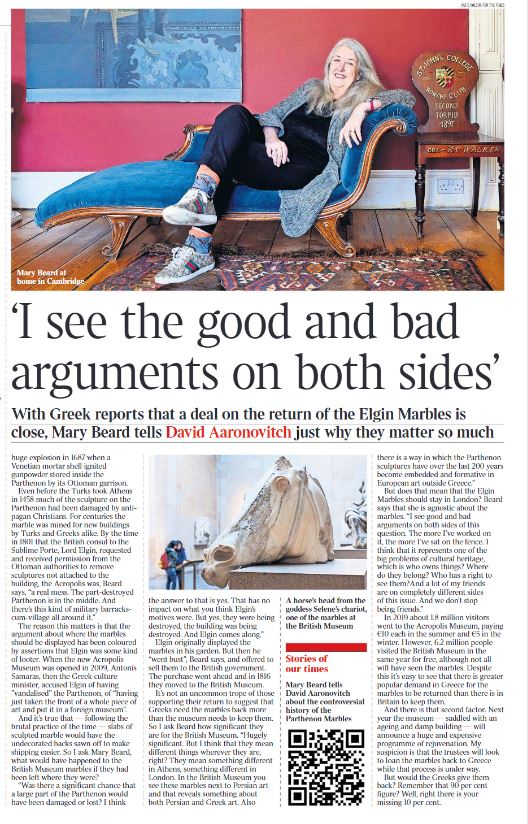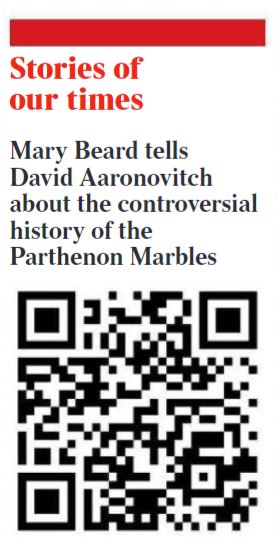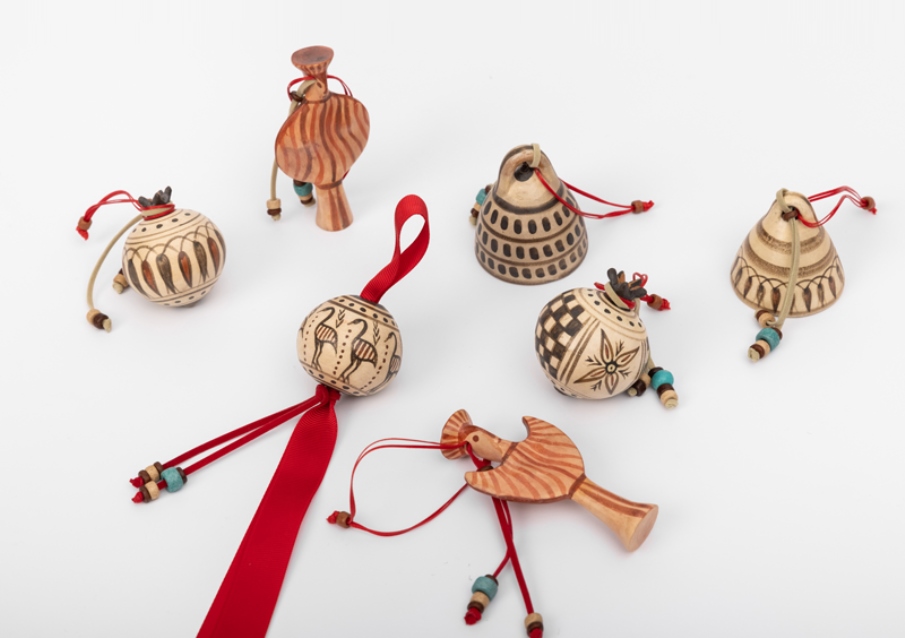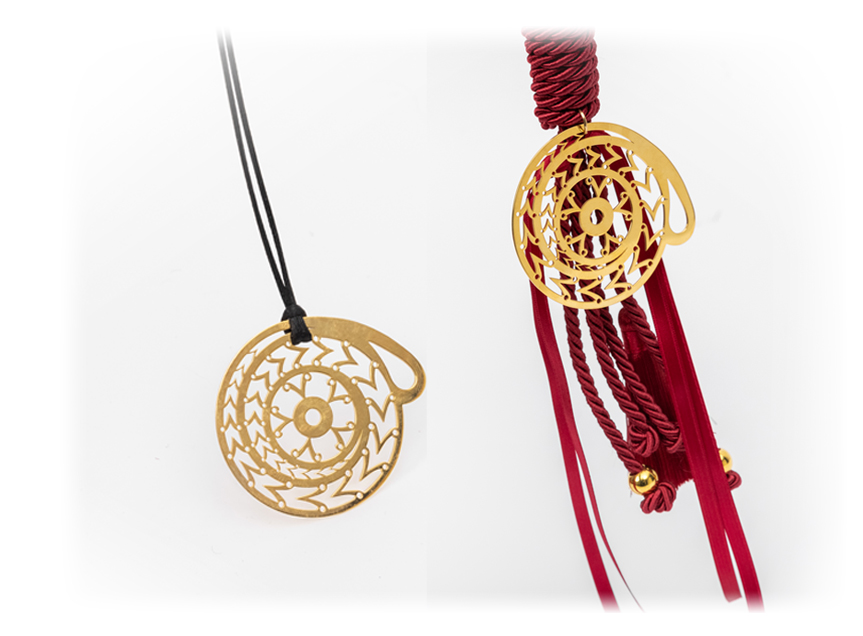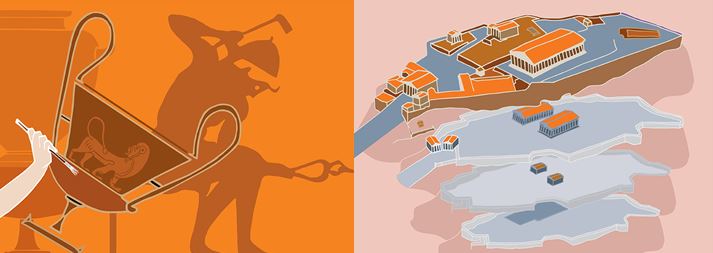On what terms and by what criteria do we decide where cultural objects are best displayed. How do we relate that to issues of power, whether power of money, or cultural imperial power. You know its time to start to interrogate that a bit more. What does ownership of cultural property come down to? I don't think we are going to solve that quickly but I think that my guess is, that in a 100 years we probably will have.
Mary Beard, historian and Trustee of the British Museum
With Greek reports that a deal on the return of the Elgin Marbles is close, Mary Beard tells David Aaronovitch in The Times, just why they matter so much. To read the article, follow the link here.
Mary Beard states: ‘I see the good and bad arguments on both sides. The more I’ve worked on it, the more I’ve sat on the fence. I think that it represents one of the big problems of cultural heritage, which is who owns things? Where do they belong? Who has a right to see them?And a lot of my friends are on completely different sides of this issue. And we don’t stop being friends.”
We also listened to the podcast, and made a note of Mary's final words. You would need to fastforward to 34:46 to hear Mary's reflections on what is being discussed at the British Museum and it's role as a museum in this modern world.
"I am happy to say and this is not just company PR, I think that the museum is actively asking precisely those questions. I don't think you expect it to have an answer. Museums in general are peculiarly kind of enlightenment institutions, and what did we think they do now? Do we think objects should all be where they were made? And I don't think we do think that actually, but if we don't think that, then on what terms and by what criteria do we decide? How do we relate that to issues of power, whether power of money, or cultural imperial power. You know its time to start to interrogate that a bit more.
Museums have always been sites of interrogation, whether its who should come in or who shouldn't, what should be on display. If museums were unexamined or agued about we might as well give up because they are such central institutions. We need to say, and the British Museum is not the only museum that is doing this by any means, how do we share this stuff, what is it to be a global museum? What does ownership of cultural property come down to? I don't think we are going to solve that quickly but I think that my guess is that in a 100 years we probably will have. You said, you are a Trustee of the British Museum Mary Beard, and am happy to say hand on my heart that's exactly what we are thinking about."

